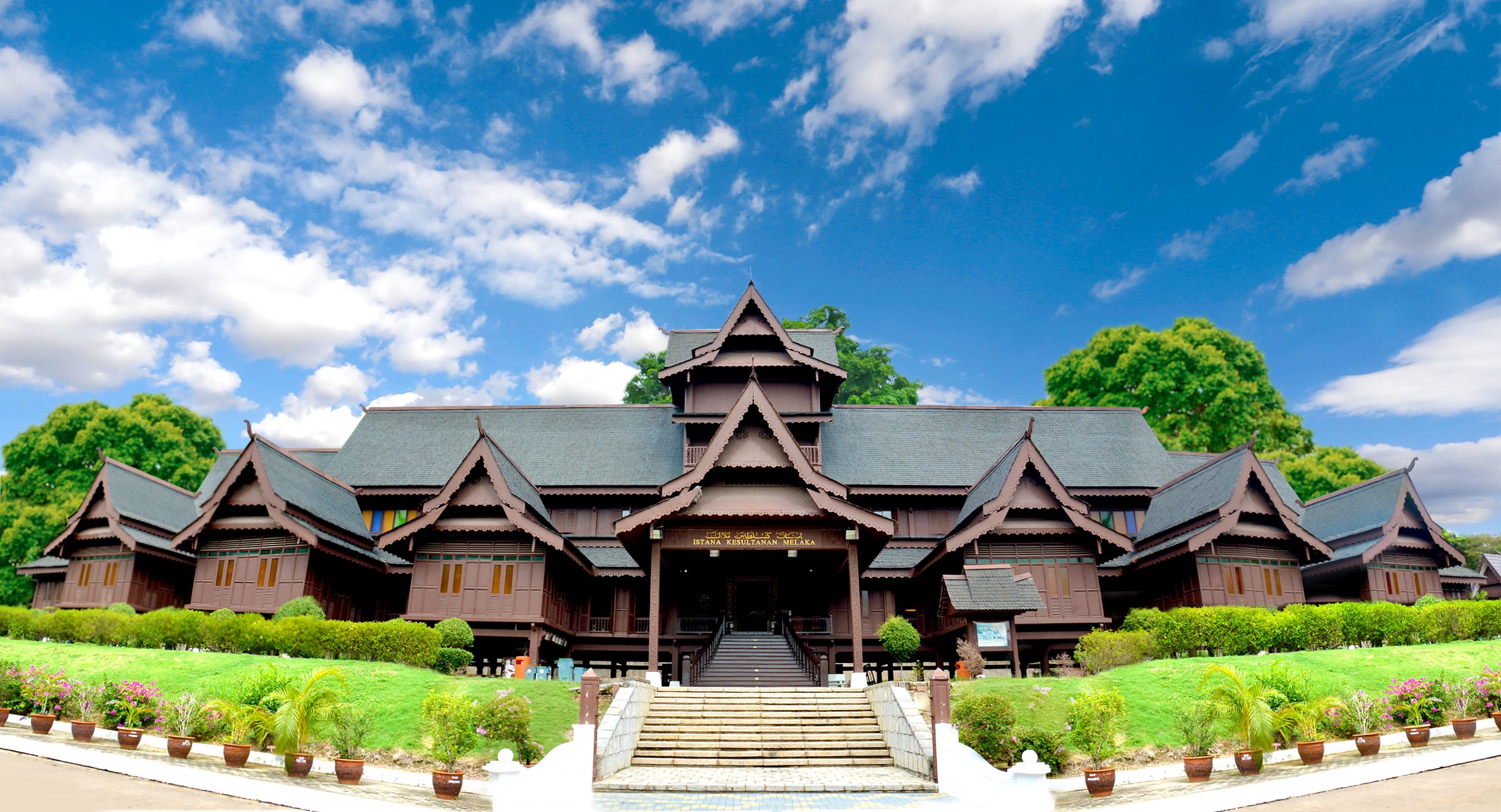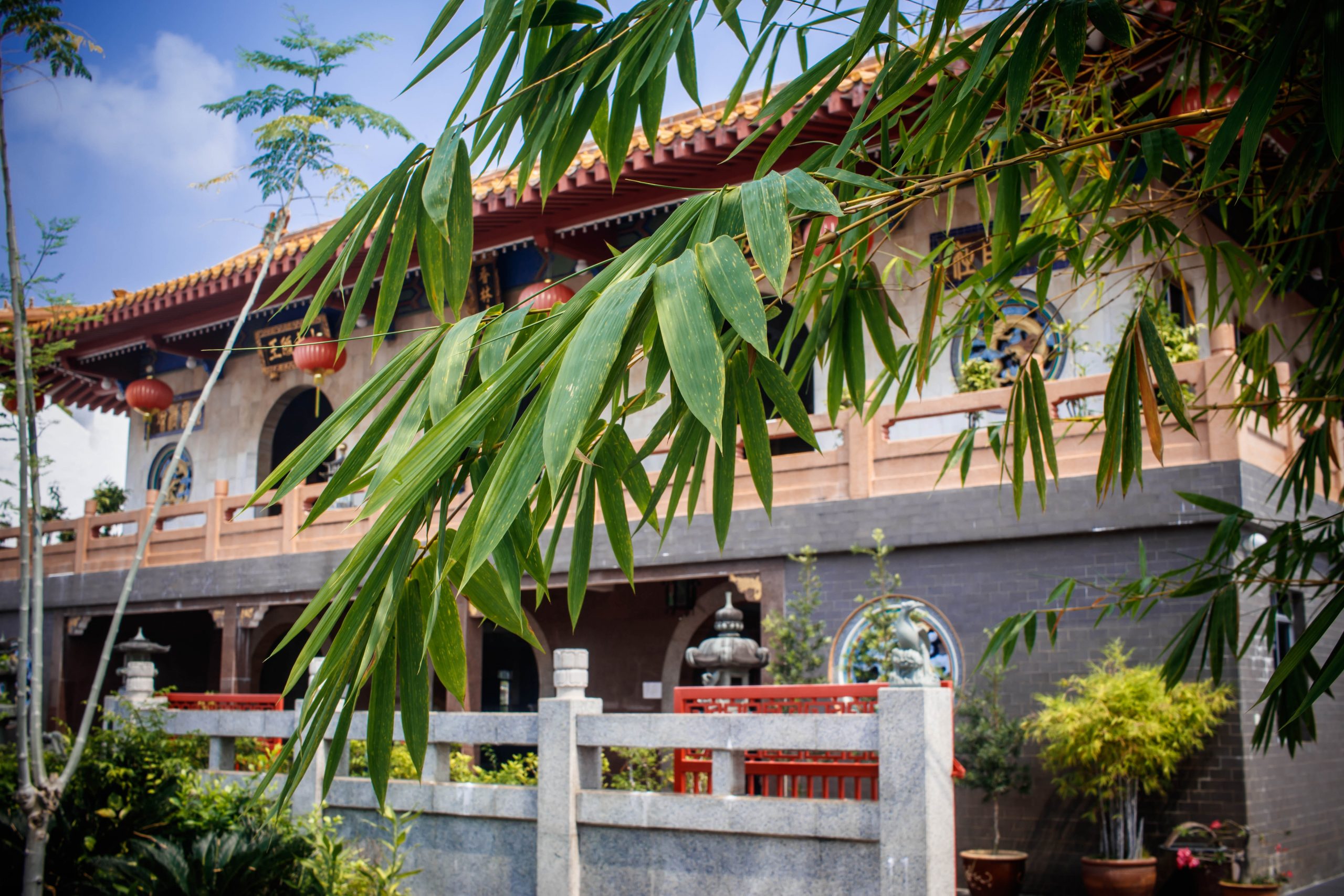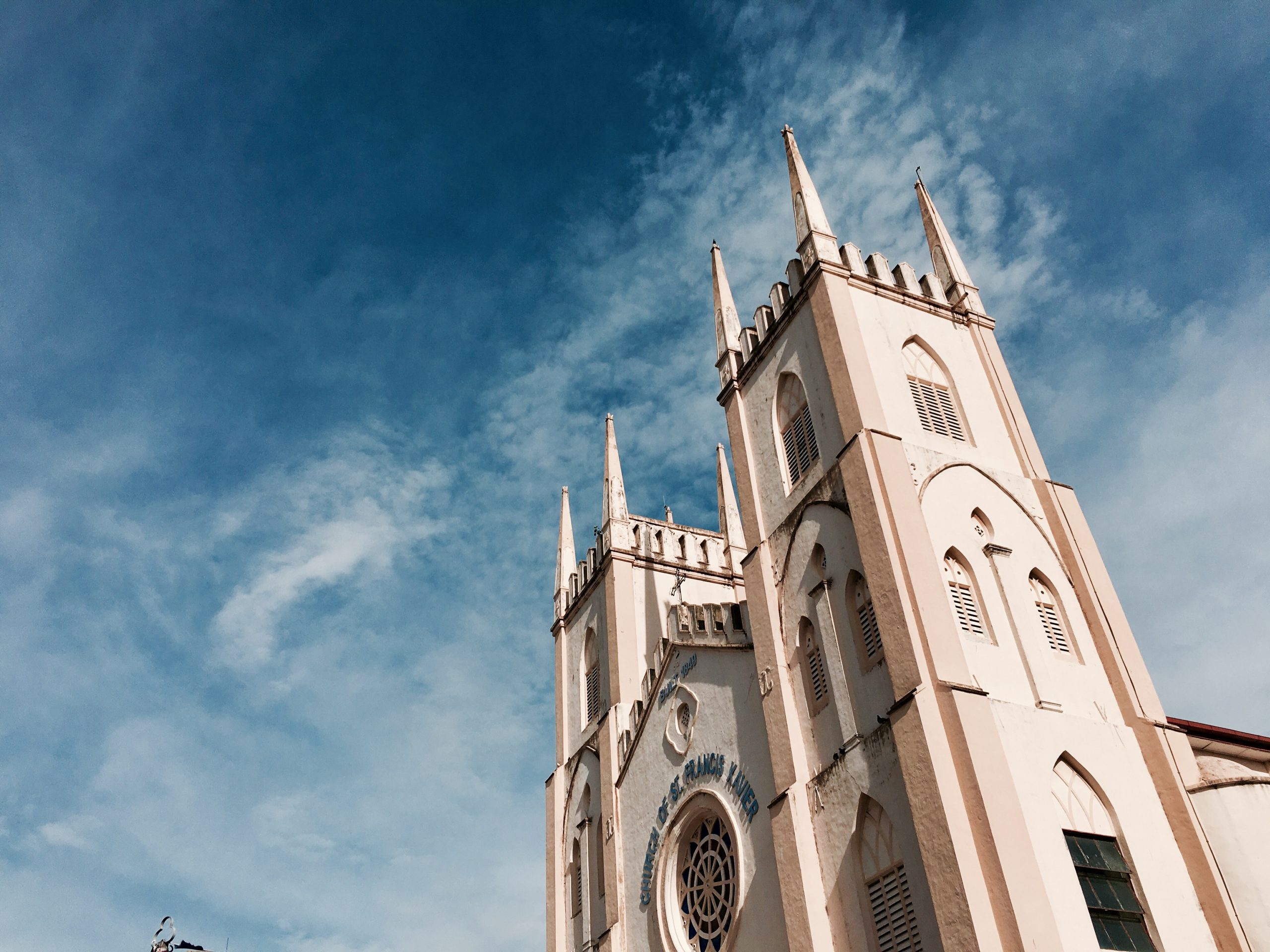SOCIAL AND CULTURAL

Cultural Museum of Malacca Sultanate Palace
Despite its famous past, the city has experienced slow growth since independence, being overshadowed by other states and the loss of its educated young to better employment prospects mainly in Singapore and Kuala Lumpur.
The Malaysian Census in 2010 reported the population of Malacca City at 484,885. Malays comprised the majority with 273,844, followed by Chinese with 158,828, Indian with 20,310 and others totalling 9,732. 22,171 were identified as non-Malaysian citizens. Due to interracial marriages since the era of the Malacca Sultanate, the city community has distinctive ethnic mixtures of Baba Nyonya, Chitty and Kristang peoples.

Chinese Temple Malacca
The majority of the Malays are Muslims, and the Chinese and Peranakan are practising Buddhist, Confucianist, Taoist or followers of Chinese folk religions and atheists. The Indians, including the Chitty, are mainly Hindus while the Kristang are mostly Christian.
The Baba Nyonya are Straits-born Chinese, who have resided for generations and intermarried with the local Malay women. They adopted the local culture and the Malay language as part of their lives while at the same time preserving some Chinese heritage.

Church of St. Francis Malacca
The Chitty are also a mixture of Indian traders with local women of various ethnic backgrounds such as Chinese, Javanese, Bataks and Malays. The Kristang are a result of marriage between European Portuguese men and Malay women during and after the era of Portuguese Malacca.